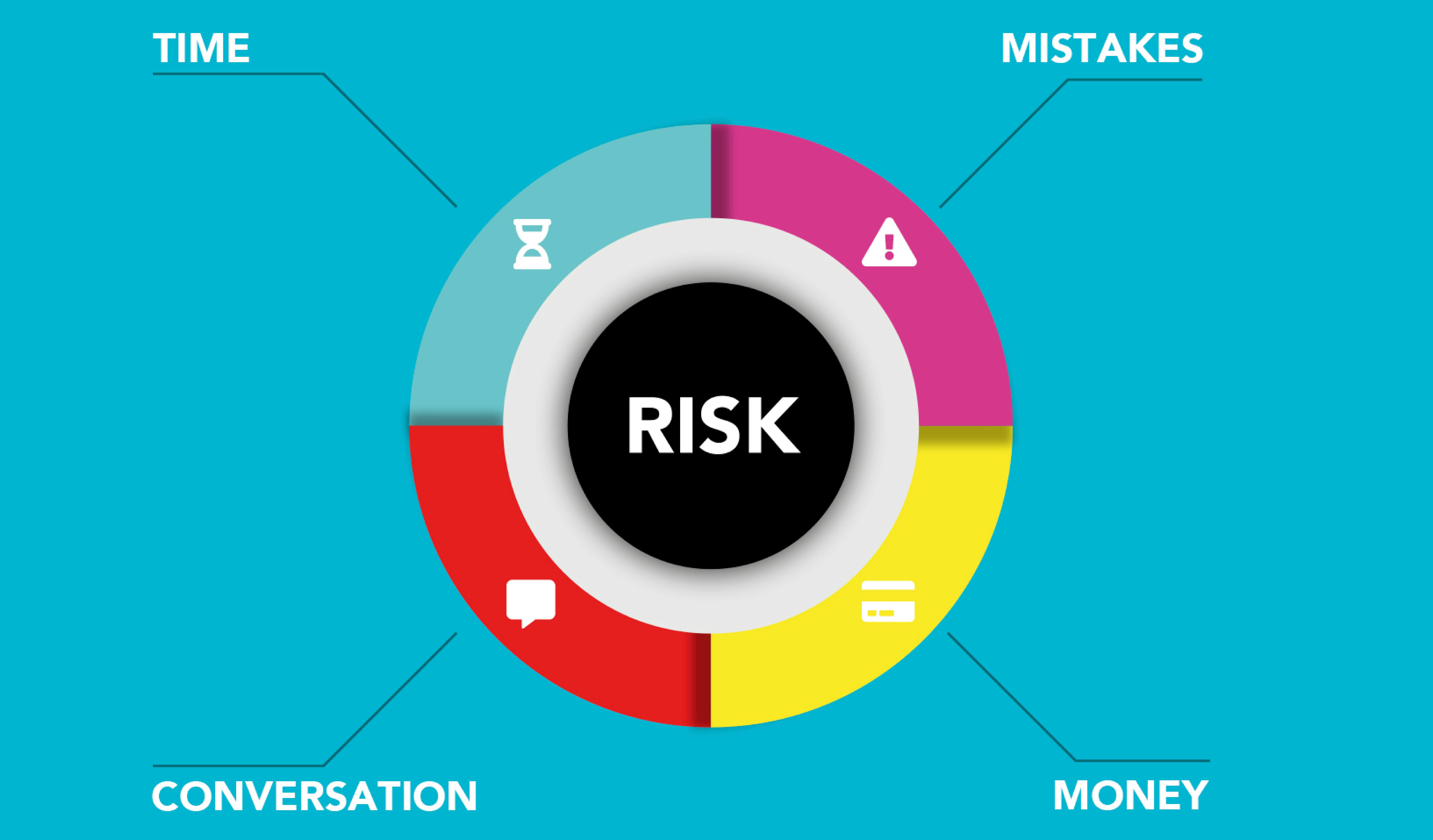Carbon Credit Cost
The global cost of carbon credits is set to rise significantly over the next decade as more organisations implement their net-zero targets and make a commitment to climate change. Current carbon credit prices remain “unsustainably low” due to a surplus of credits on the voluntary market built up over the years, but are forecast to rise to $20-$50 per tonne of CO2 by 2030 as demand accelerates.
The price of a carbon credit is determined by the cost of cutting one tonne of CO2 emissions, as well as additional factors that contribute to greenhouse gas reductions such as social and environmental benefits. This includes the impact on the climate, local communities and indigenous peoples. There are many different types of carbon credit projects and each has its own unique characteristics. This includes the location, the type of underlying project (such as reforestation or biomass) and the vintage of the credits.

In addition to the factors mentioned above, pricing is influenced by the type of credit buyers and the number of credits that are being sold at the same time. Buyers can also choose to purchase credits from a specific carbon credit project, which may be reflected in the price.
How Much Does Carbon Credit Cost?
There are five main players that drive the engine of carbon.credit markets. Project developers represent the upstream part of the market and are responsible for setting up the projects that emit carbon credits. These can range from large-scale industrial-style projects such as a high-volume hydro power plant, to smaller community-based projects like clean cookstoves.
Once a project is set up, it must be registered with a credible carbon accreditation body. Carbon credits are then issued by this organisation once a project has been verified as producing emission reductions in line with its scope and methodology. The credits can then be sold on the voluntary carbon market or into a regulated cap-and-trade scheme.
Companies and organizations purchasing carbon credits on the voluntary carbon market are buying them as an investment or to meet internal standards for their carbon footprint reduction. For example, Swiss retailer Coop sets its internal price on carbon at CHF 150 ($150) and invests in Gold Standard-certified emissions reduction activities that also support communities within its supply chains. Other companies are putting their own financial value on sustainability, such as Microsoft including a carbon fee in its budget to encourage the company to invest in more sustainable initiatives. These fees are then invested into a carbon investment fund that creates new capital for sustainability initiatives. While these are not the only ways that businesses can reduce their emissions, they provide a way for them to take action and demonstrate leadership in addressing climate change. This is important as it shows that the private sector can lead, even when governments do not fully implement their Paris Agreement commitments.


